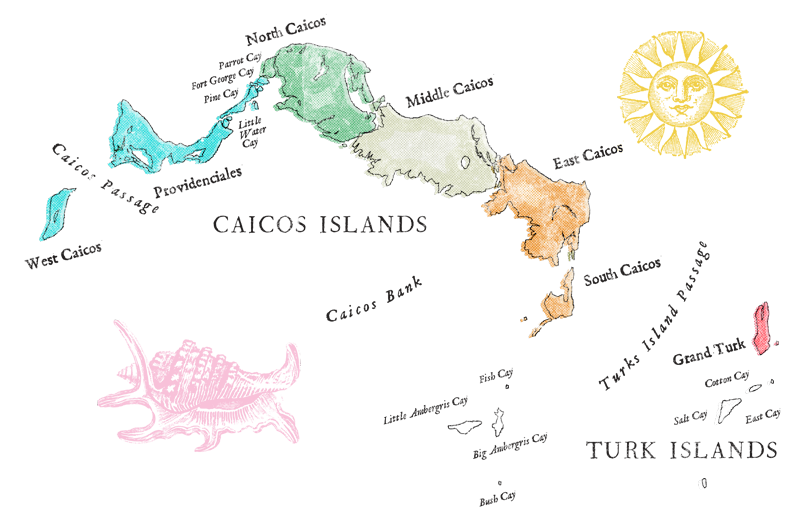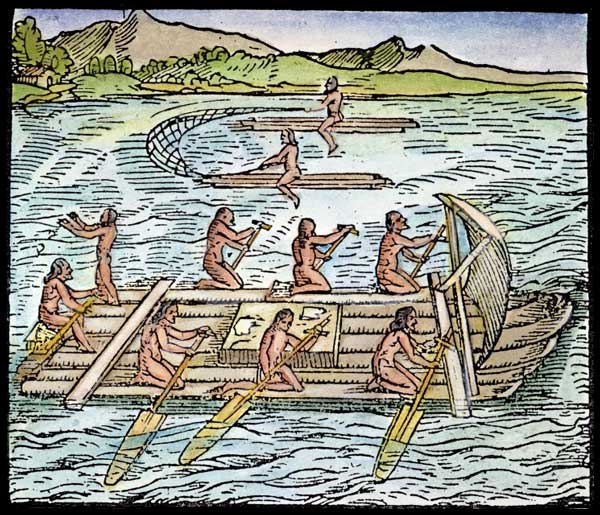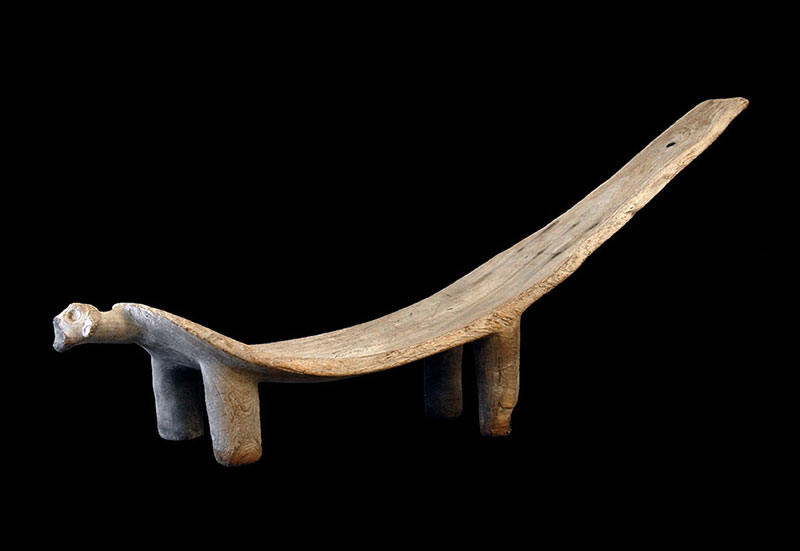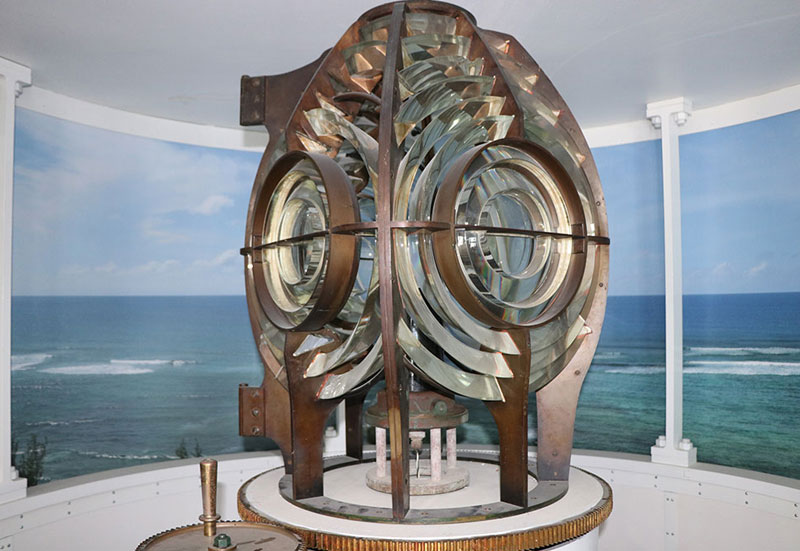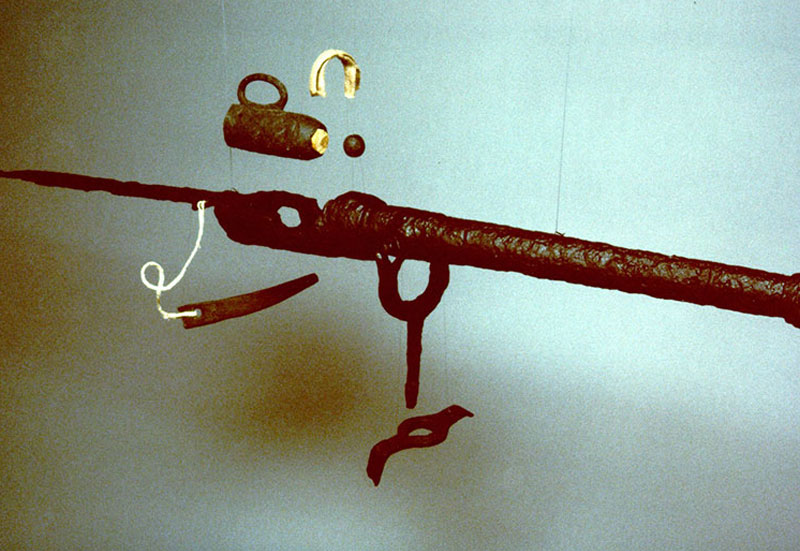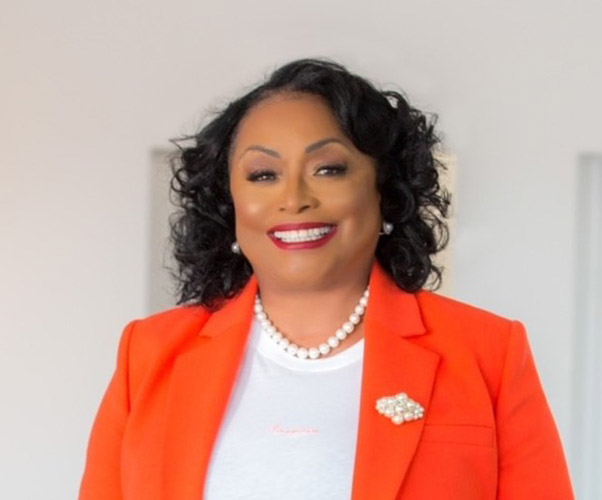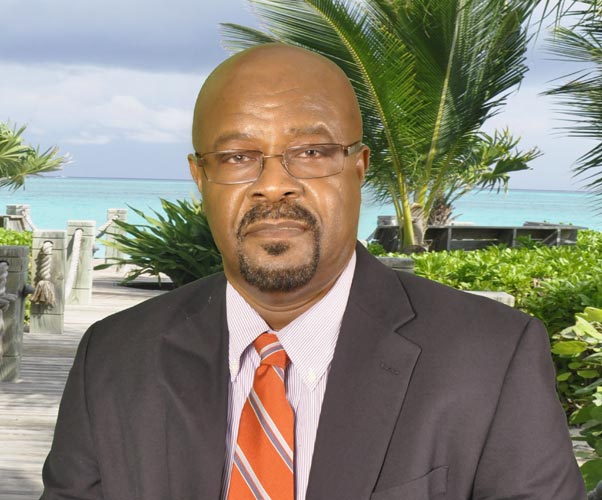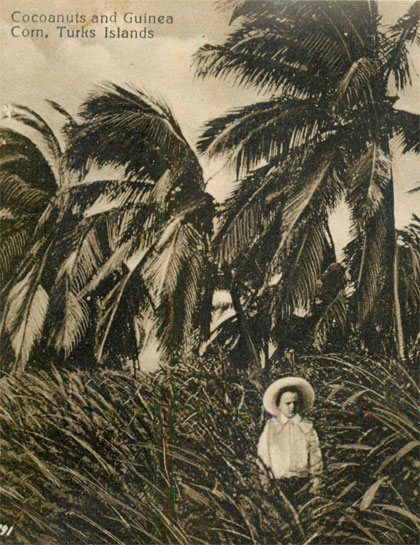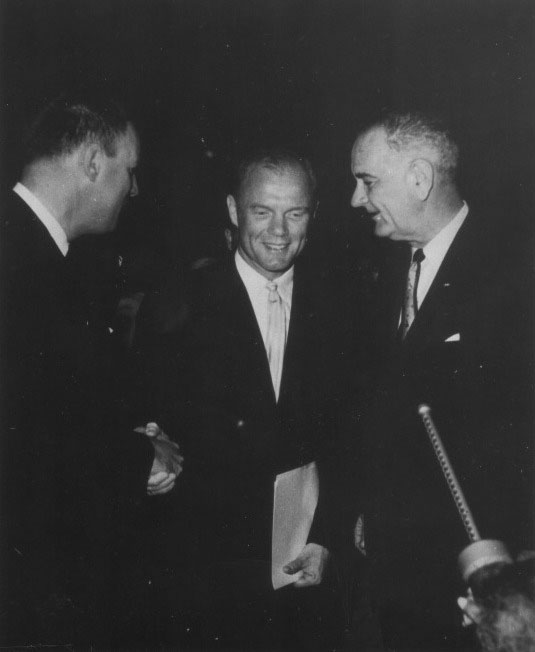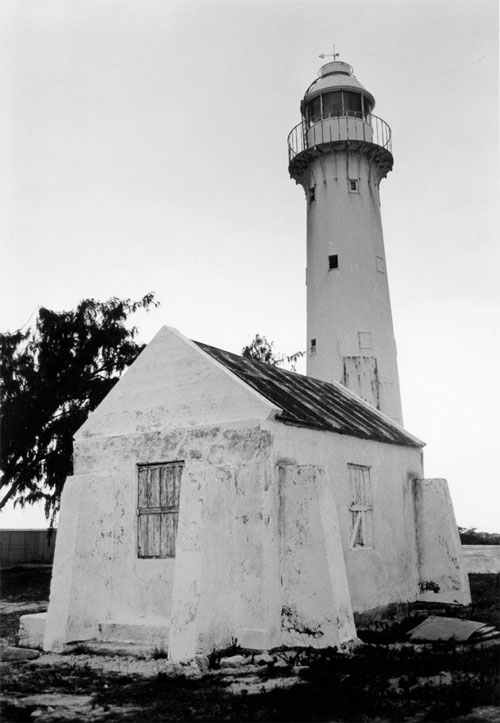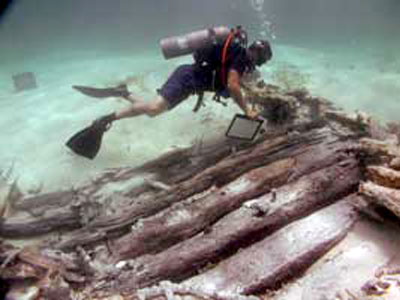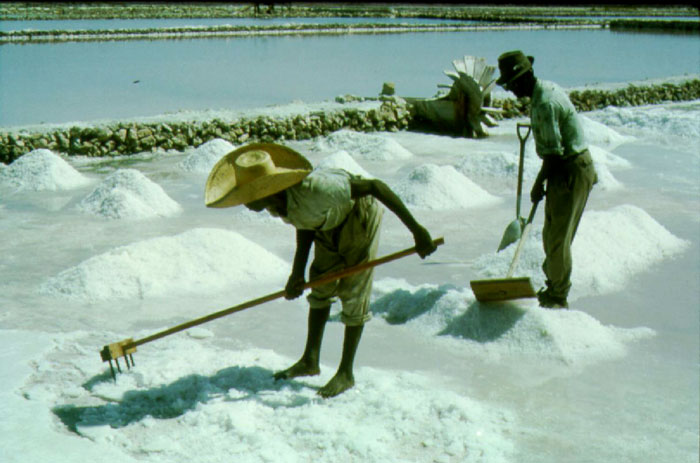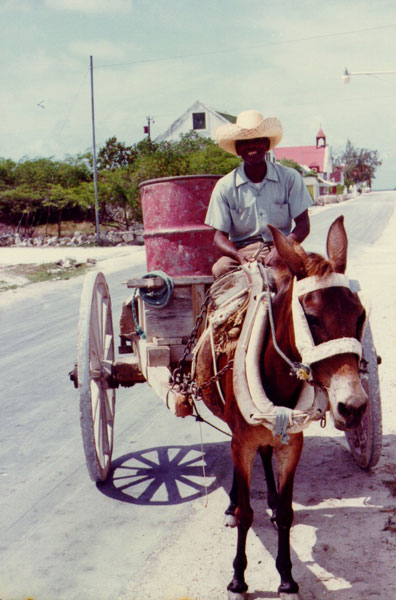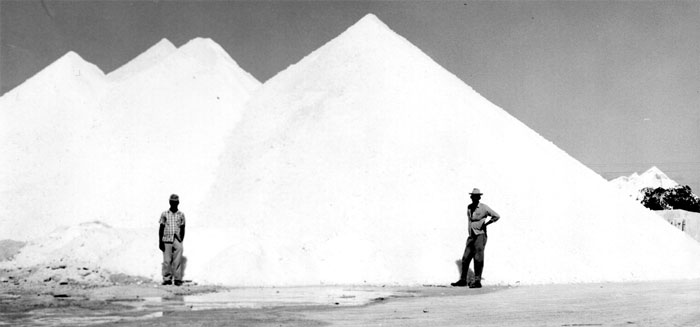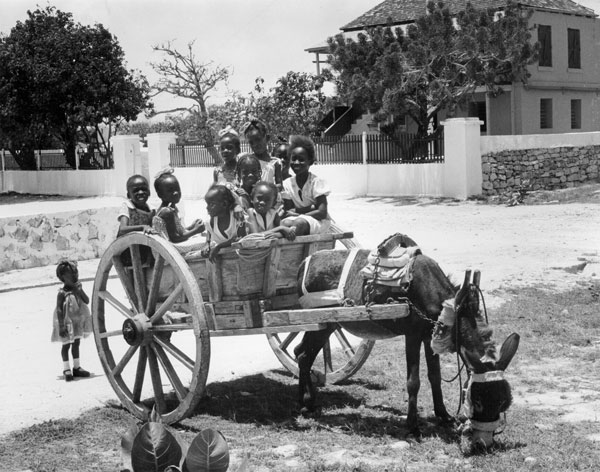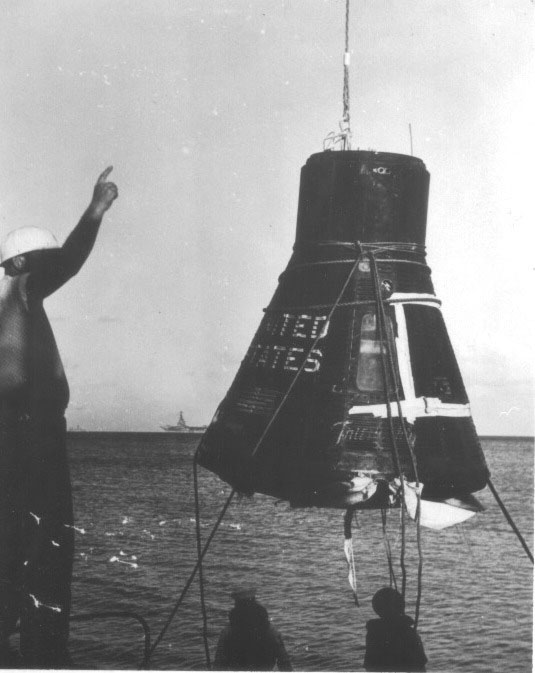How many times do you do something before you are seen as addicted? The Hillery family has been dropping messages in bottles for the last 20 years, more than 335 of them, and has had 68 responses from around the world. Each bottle is carefully prepared with decorations on the outside, glitter and toys inside, so that it will be noticed on the beach and the message inside is translated into four languages. Each year they load up their bottles and take them away on cruises, they document where they drop them and when, after the holiday is over they go home and wait.
And in return for all this effort? They receive replies to their messages from all around the world. A Norwegian lighthouse keeper, a fisherman in the Philippines, a little boy in the Carribean and even a convict in prison in Puerto Rico have all written back. They never knew how the prisoner found their message, but he wrote thanking them from the Caaba prison, telling them all about his life and why he was in prison. Richard and Jeri Hillery sent a parcel but he had been released before it arrived, and was returned unopened. Everyday could bring a new surprise in the post.
What compels people like the Hillerys to send off messages into the unknown? In the same way messages are sent out into inter-space, you never know who might pick them up. It’s human nature to want to communicate and discover who is out there, and what their world is like. Richard and Jeri Hillery started the project with their children, so they could learn more about ocean currents, however it has become a hobby about communicating with people as much as geography. It has also given them an opportunity to here from far flung, exotic places they had never heard of, such as Grand Turk!
And the link with the TCNM? Their bottle # 304 is now in the museum collection. The message was dropped on October 22, 1999, 23:00, from the M.V. Grand Princess on a voyage from Venice, across the Atlantic to Fort Lauderdale, Florida, USA. The bottle was dropped going north off the southwest tip of Portugal. It took 490 days at sea and more than 4100 miles of ocean before it washed up on our shores. The bottle was not picked up by children or treasure hunters but by two staff members of the Department of Environment and Coastal Resources who heard about the Museum’s project and donated it.
The world may be getting smaller, but it still takes these bottles up to six years to get to ‘the other side’. These bottles build bridges between continents and families, increasing understanding of countries and cultures in a way that would not happen by modern mass communication. This very personal communication is often with people in remote places without telephones or a common language. The Hillerys keep the finders of the bottles in touch with how the project is going and an ever-increasing network of message bottle buddies is created.
So does your holiday return to surprise you years later? Maybe this could be the new hobby for you, just make sure you are not about to move house in the next few years…
